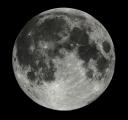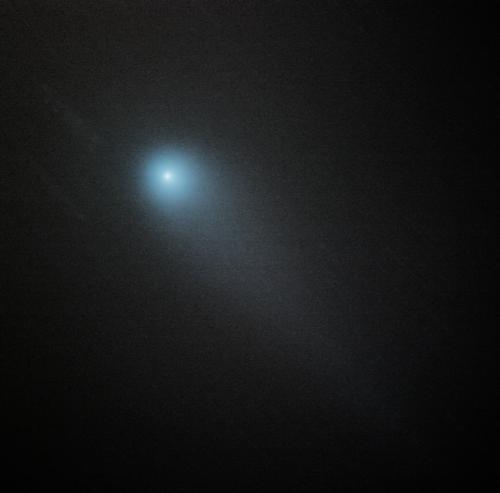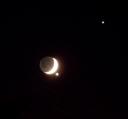I’ve had a good start to 2009. Not only have I got the autoguiding working with a new guide camera (QHY-5) but I managed to pick up a bargain from ebay last weekend. I purchased a Canon EOS 300D digital SLR camera for just £80 due to a broken pin in the memory card slot. I’d put in a work-around within 20minutes and ordered an EOS to M42 adpater straight away. The adapter arrived yesterday, but what appeared to be a clear sky turned into fog and I had no chance to test things out.
I spent the time indoors making a long exposure cable for the Canon using some diagrams I’d found online. I don’t need auto focus just “bulb” control so the circuit is a simple transister switch running from the parallel port.
Today has been overcast all day so I was surprised to see Venus through the kitchen window when I went to cook dinner. A closer look and my hopes were dashed, it was foggy again, but not as bad as last night. At the front of the house I could see the full moon with a halo around it as it shone through the fog. But I knew it wasn’t worth setting up, everything was against me.
I took some time to add the new camera details to Starry Night so that I could compare the field of view with that of the Atik 16ic – WOW what a difference. Using the software I panned from galaxy to nebula to cluster to …. the Moon, and found the whole moon fitted in the field of view – and there was a full moon at the moment. Well that changed my mind and I gathered my equipment and started setting up with a view to using the full moon to help me focus the Canon camera.
My first shots were not bad but I moved the focus in then out, then back in until I thought it was close. I then used the canon remote software to take a series of images with a view to stacking them – but I couldn’t get the stacking to work, I may revisit that.
So here is my “first light” with the Canon EOS 300D. It’s a single frame taken with the camera set to portrait (I’m not familiar with the manual settings yet) and using a 10″ Newtonian Skywatcher on an EQ6Pro mount. EQMod was used to find then track the moon in “lunar” mode.

Image processed using the GIMP on Ubuntu Linux.
Image details: ISO 100, 1/500s.










